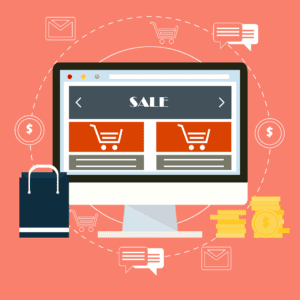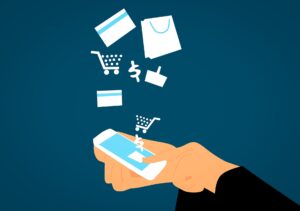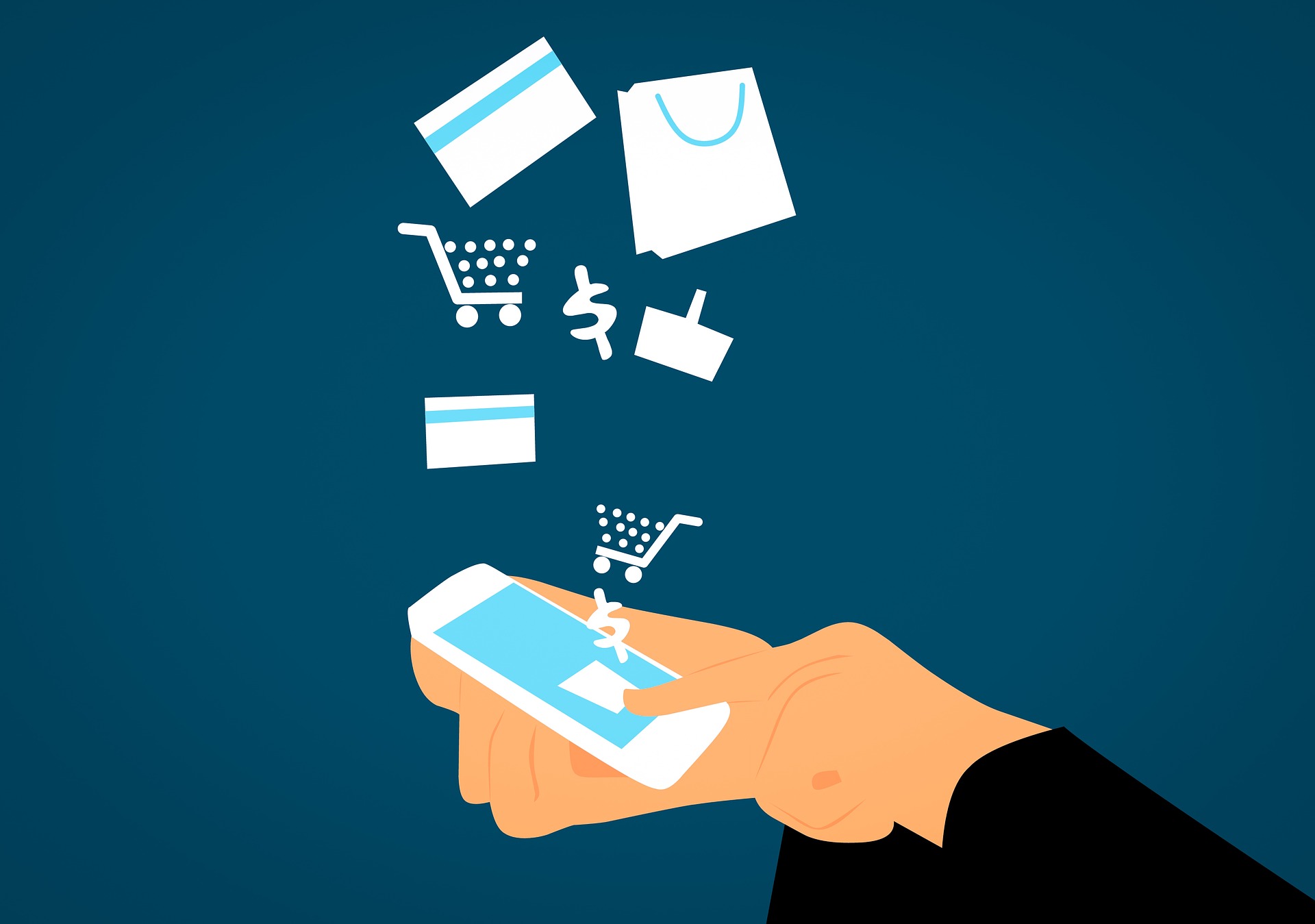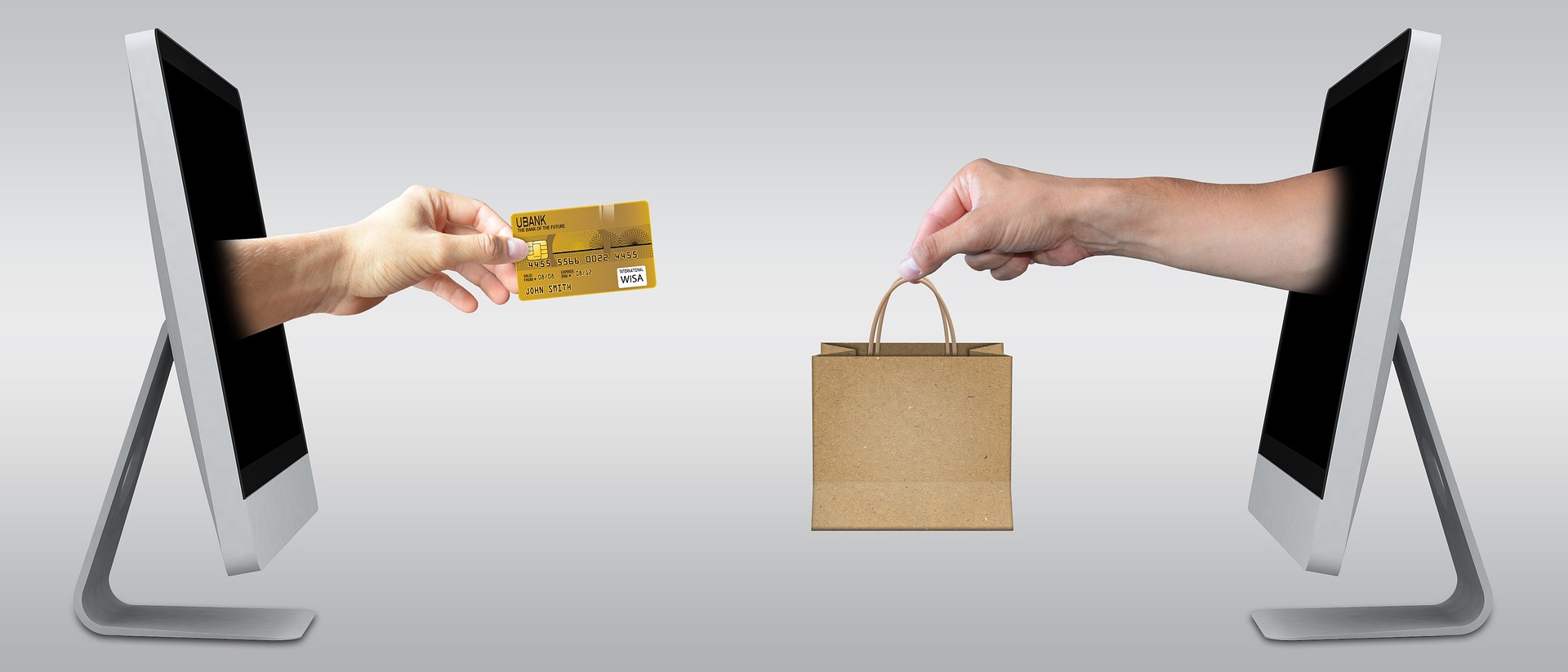What is B2B B2C C2B and C2C in e-commerce?
E-commerce, or electronic commerce, refers to the buying and selling of goods and services over the internet. There are four main types of e-commerce models: B2B (business-to-business), B2C (business-to-consumer), C2B (consumer-to-business), and C2C (consumer-to-consumer). Each model represents a different way in which parties interact and exchange value through e-commerce transactions.
B2B e-commerce refers to transactions that take place between businesses. In a B2B model, one business sells products or services to another business. This type of e-commerce is common in industries where businesses rely on each other to produce goods and services. For example, a manufacturer might sell raw materials to a clothing company, which then uses those materials to produce clothing that is sold to retail stores.
B2C e-commerce refers to transactions that take place between a business and a consumer. In a B2C model, a business sells products or services directly to a consumer. This is the most common type of e-commerce and is what most people think of when they think of online shopping. Examples of B2C e-commerce include Amazon, Flipkart, and Etsy.
C2B e-commerce refers to transactions that take place between a consumer and a business. In a C2B model, a consumer offers a product or service to a business, which then has the option to accept or reject the offer. This type of e-commerce is less common than the other models, but it can be seen in cases where a consumer has a unique product or service to offer and is seeking a business partner. For example, an artist might offer to design a custom logo for a business in exchange for payment.
C2C e-commerce refers to transactions that take place between consumers. In a C2C model, one consumer sells a product or service to another consumer. This type of e-commerce is common on platforms like eBay and Craigslist, where individuals can buy and sell goods and services to each other.
It’s worth noting that these e-commerce models are not mutually exclusive and can often overlap in practice. For example, a B2B business might also sell products directly to consumers through a B2C model. Similarly, a C2C platform like eBay may also facilitate B2C transactions by allowing businesses to sell directly to consumers on the platform.
Conclusion : B2B e-commerce refers to transactions between businesses, B2C e-commerce refers to transactions between businesses and consumers, C2B e-commerce refers to transactions between consumers and businesses, and C2C e-commerce refers to transactions between consumers. Understanding these different models is important for businesses looking to enter the e-commerce market, as it can help them determine the best way to reach and sell to their target audience.

What are disadvantages of eCommerce?
- Lack of personal interaction: Customers cannot physically touch or try on products, and do not have the opportunity to interact with other shoppers or salespeople in the way they would in a physical store.
- Risk of fraud and security breaches: There is always the risk that personal and financial information could be stolen or misused, which can lead to financial losses and damage to reputation for both businesses and consumers.
- Difficulty for small businesses to compete: It can be challenging for small businesses to compete with larger, established online retailers, as they may not have the resources to invest in e-commerce infrastructure and marketing.
- Negative environmental impacts: The transportation of goods purchased online, particularly when shipped long distances, can contribute to greenhouse gas emissions and other environmental problems.
- Returns and exchanges can be more complicated: When shopping online, customers may need to go through a more involved process to return or exchange products compared to shopping in a physical store. This can be inconvenient and time-consuming, especially if the customer needs to ship the product back to the seller.
- Delivery delays and other logistical issues: In some cases, customers may experience delays in receiving their orders due to logistical issues such as shipping delays or problems with inventory. This can be frustrating for customers and may lead to negative experiences with the e-commerce platform or seller.
It’s worth noting that these disadvantages are not unique to e-commerce, and similar issues can also arise in traditional, brick-and-mortar retail. However, they are still worth considering when deciding whether to shop online or in a physical store.


What is B2B B2C C2B and C2C in e-commerce?
Also read : E-commerce : everything you want to know
Also read : Bitcoin : 14 FAQs on Bitcoin










